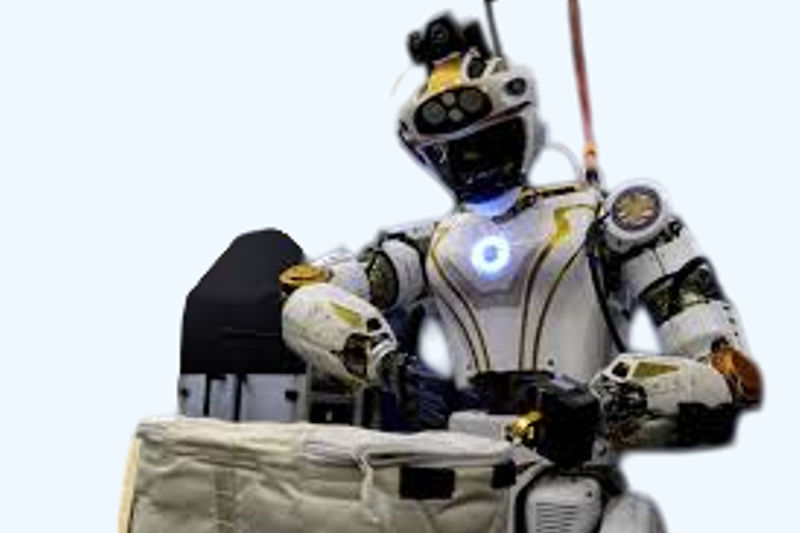The United States has long been a global leader in robotics and artificial intelligence (AI), pushing the boundaries of what machines can do. But does the USA have the latest technology in robotics that can be used as humans? The answer is a resounding yes—American companies and research institutions are developing highly advanced robots that mimic human behavior, assist in daily tasks, and even perform complex jobs traditionally done by people.
Humanoid Robots: The Robots of the Future
Humanoid robots are designed to resemble and function like humans, with capabilities such as walking, talking, recognizing emotions, and performing delicate tasks. The U.S. is at the forefront of this innovation, with several groundbreaking projects:
1. Boston Dynamics’ Atlas Robot
One of the most famous humanoid robots, Atlas, developed by Boston Dynamics (now owned by Hyundai but based in the U.S.), showcases unprecedented agility and balance. Atlas can:
Perform backflips and parkour
Navigate rough terrain
Lift and manipulate objects
While Atlas is primarily a research platform, its technology could eventually be used in searc hand rescue missions, construction, and even military applications.
2. Tesla’s Optimus (Tesla Bot)
With Optimus, a humanoid robot made for domestic and commercial duties, Elon Musk’s Tesla has joined the robotics competition. According to Tesla, Optimus will:
Assist with manufacturing and logistics
Handle repetitive chores like cleaning and cooking
eventually incorporate AI to learn and adjust similarly to humans.
Though still in development, Optimus represents a major step toward consumerfriendly humanoid robots.
3. Agility Robotics’ Digit
Digit is a bipedal robot designed for lastmile delivery and warehouse work. Unlike wheeled robots, Digit can:
Climb stairs
Carry packages efficiently
Work alongside humans in logistics
Companies like Amazon are already testing Digit for warehouse operations, proving that humanoid robots are becoming a practical workforce solution.
AIPowered Robotics: Blurring the Line Between Machines and Humans
Beyond physical robots, the U.S. is advancing AIdriven robotics that can think, learn, and interact like humans. Examples include:
OpenAI’s Humanoid Robot Projects
OpenAI, the creator of ChatGPT, has explored AIpowered robotics that can understand and respond to natural language. While OpenAI has shifted focus to software, its research contributes to smarter, more humanlike robots.
Neuralink and BrainComputer Interfaces
Elon Musk’s Neuralink aims to merge human brains with AI, potentially allowing people to control robots with their thoughts. While still experimental, this could lead to cybernetic enhancements and robotic prosthetics that function like natural limbs.
Military and Medical Applications
The U.S. military is investing heavily in robotics, including:
AI-powered DARPA combat and logistics robots
Increasing soldiers’ stamina and strength using exoskeletons
Surgical robots like the Da Vinci System, which assists doctors in performing precise operations
Are Robots Replacing Humans?
While robots are becoming more advanced, they are currently used as tools rather than full human replacements. Key areas where they excel include:
✔ Dangerous jobs (e.g., bomb disposal, deepsea exploration)
✔ Repetitive tasks (e.g., factory work, deliveries)
✔ Healthcare assistance (e.g., robotic surgery, elderly care)
However, true humanlike robots with emotions and consciousness remain in the realm of science fiction—for now.
Conclusion: The USA Leads in Humanoid Robotics
So, does the USA have the latest technology in robotics that can be used as humans? Of course. is pioneering machines that mimic human abilities. While we’re not yet at the stage of fully autonomous human replacements, advancements in AI, mobility, and machine learning suggest that humanoid robots will soon play a bigger role in society.

